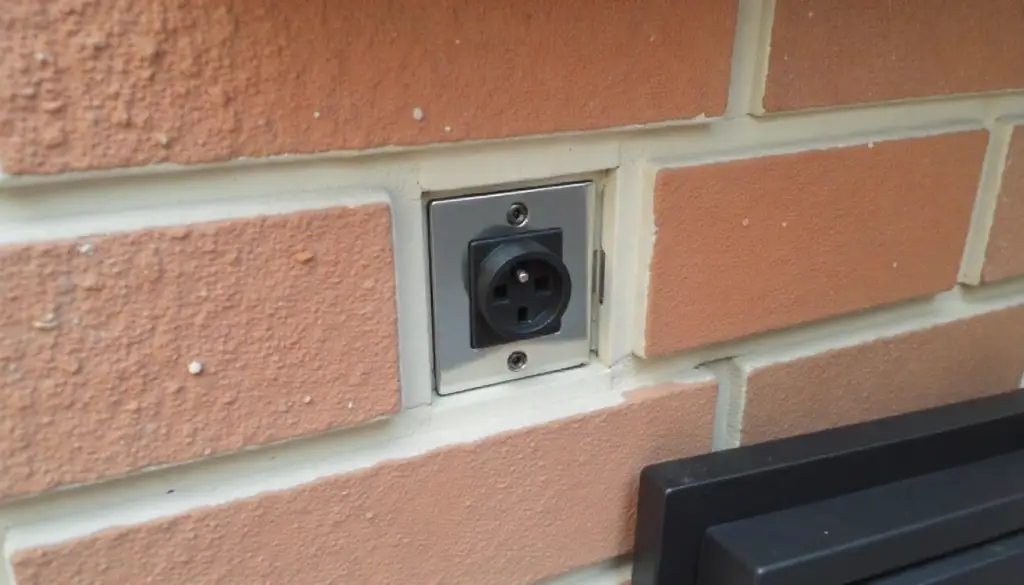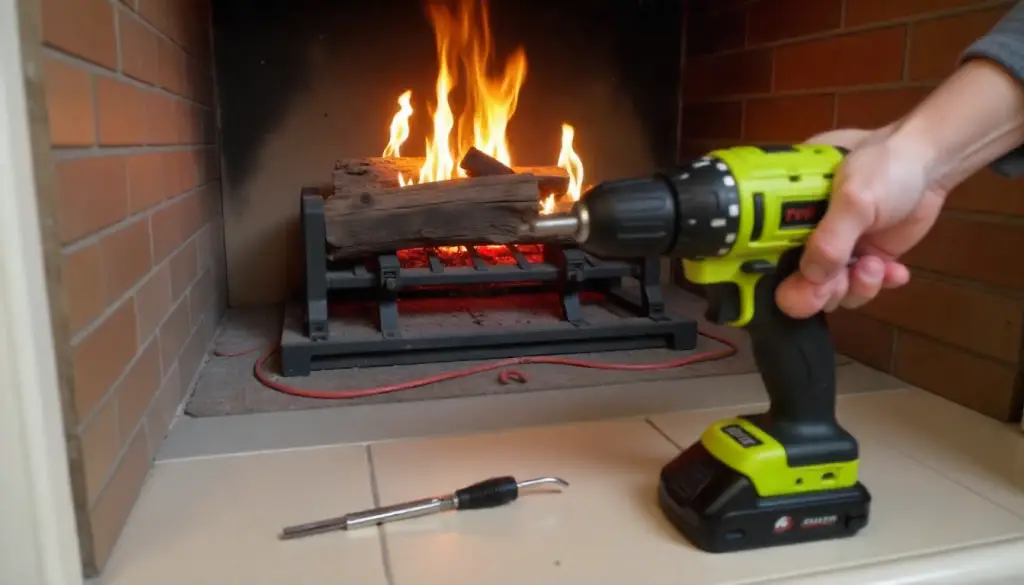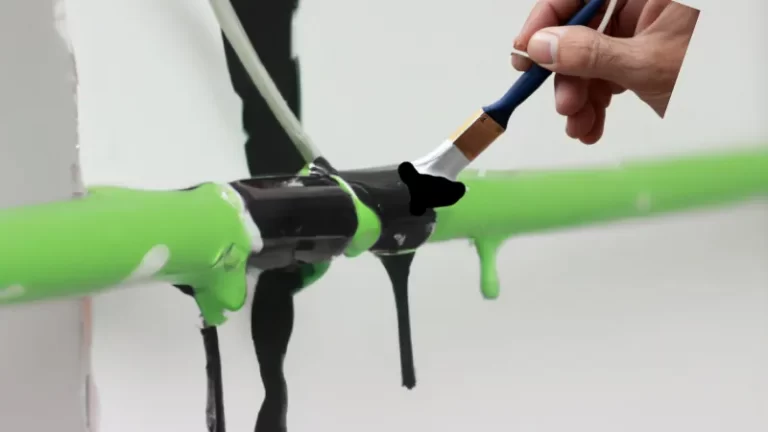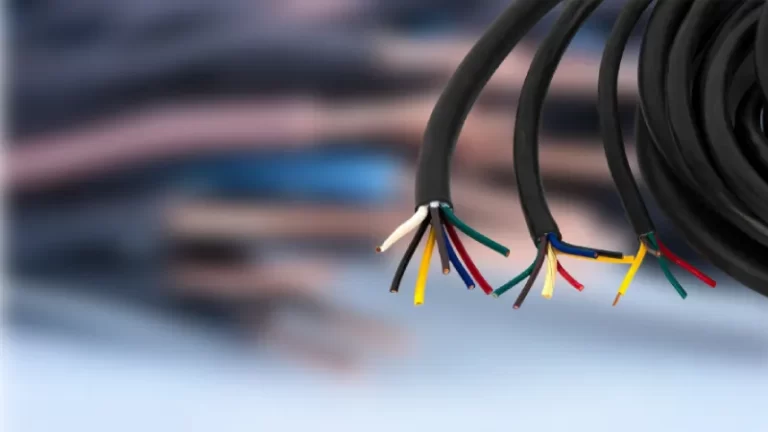Installing an Electrical Outlet in Your Fireplace: Read This First!
A television mounted above the fireplace creates a stunning focal point in any living room. But this popular design choice presents a frustratingly common problem: unsightly wires dangling down the wall. The desire for a clean, professional look leads many homeowners to wonder about installing an electrical outlet directly inside or above the fireplace structure.
While this is a fantastic solution for hiding cords for your TV, soundbar, or holiday decorations, it’s a project that demands careful planning and a deep respect for safety. The combination of electricity and a heat source—even a decorative one—requires navigating building codes and specific installation techniques. Ignoring these can lead to significant risks.
You'll Learn About
The Core Problem: Balancing Aesthetics with Safety
The primary challenge is simple. You need power in a location that wasn’t originally designed for it. Fireplaces are built for heat containment and ventilation, not for housing electrical wiring. Adding an outlet incorrectly can create a serious fire hazard or risk of electrical shock.
Many homeowners are tempted to simply run an extension cord, but this is not a safe or permanent solution. Extension cords are not meant for use inside walls and can be a fire hazard. The only proper way is to install a permanent, code-compliant outlet.
Understanding the Risks: Heat and Electrical Codes
The biggest concern is heat. Even if you rarely use your wood-burning or gas fireplace, the potential for high temperatures is always there. Heat can degrade the insulation on electrical wires, leading to shorts and potential fires. This is why the National Electrical Code (NEC) has specific rules about placing outlets and running wires near heat sources.
You must ensure that any wiring is kept a safe distance from the firebox and flue. The specific clearance required can vary by local codes, but a general rule is to maintain as much distance as possible and use appropriate heat-rated materials. For any project involving wiring, understanding the potential dangers is critical, especially in situations where a wall outlet caught fire what to do_ny becomes a terrifying reality.

The Solution: A Step-by-Step Guide to Safe Installation
Installing an electrical outlet near a fireplace is an achievable DIY project for those with electrical experience. However, if you are even slightly unsure, always hire a licensed electrician. Safety must always be the top priority.
Step 1: Planning Your Outlet Location
First, decide on the best placement. For a TV, a recessed outlet placed directly behind where the screen will be is ideal. This hides both the outlet and the plugs completely. Avoid placing the outlet directly in the center, as this often interferes with the placement of the TV mounting bracket. Off-center placement is usually better.
It’s also crucial to consider the height. Placing the outlet too low, near the mantel, can make it difficult to mount the TV at the correct viewing height while still covering the outlet. A good rule of thumb is to place it about 30 inches above the mantel, but this will depend on your specific TV and mount.
Step 2: Turning Off the Power
Before you begin any work, shut off the power to the corresponding circuit from your home’s main electrical panel. Use a voltage tester to confirm that there is no power flowing to the area where you will be working. This is the most critical safety step.
Step 3: Finding a Power Source and Running the Wire
You will need to tap into an existing circuit. Often, there is an existing outlet on either side of the fireplace that can serve as a power source. From this source, you will run a new electrical cable (typically NM-B or “Romex”) to the new outlet location.
This is often the most challenging part of the project, especially with masonry fireplaces. The process of running wires through a brick fireplace_ny can be complex. You may need to cut a channel in the drywall or fish the wire through the wall cavity, drilling through studs as needed.
Step 4: Installing the Electrical Box
Once the wire is in place, you will install an electrical box. For installations in drywall above the fireplace, a standard “old work” or “cut-in” box will work well. If you are installing directly into brick or stone, you will need a masonry box and may need a hammer drill and chisel to create the opening.
It’s vital to use the correct type of box for the material you’re working with. For added safety in a fire-rated wall, consider using specialized products like 3M Fire Barrier Electrical Box Inserts, which expand when heated to block the spread of fire.

Step 5: Wiring the Outlet
With the box securely mounted, you can connect the new outlet. Connect the black (hot) wire to the brass-colored screw, the white (neutral) wire to the silver-colored screw, and the bare copper or green (ground) wire to the green screw. Pigtailing may be necessary if you are continuing the circuit from an existing outlet.
This process is the same as wiring any standard outlet, but precision and secure connections are paramount given the location. Once wired, carefully push the outlet into the box and secure it with the provided screws.
For Gas Fireplaces
The process for running wires behind gas fireplace structures is similar but requires extra caution around the gas lines and the unit’s specific clearance requirements. Always consult the fireplace manufacturer’s manual for any specific prohibitions or guidelines regarding electrical wiring nearby.
| Consideration | Key Details | Safety Priority |
|---|---|---|
| Code Compliance | Adhere to National Electrical Code (NEC) and all local building codes. | High |
| Wire Type | Use NM-B (Romex) or other code-approved wiring for in-wall use. | High |
| Box Type | Use a metal box for masonry or fire-rated walls; “old work” box for drywall. | Medium |
| Heat Protection | Ensure wiring is not exposed to excessive heat from the firebox or flue. | High |
| Professional Help | Consult a licensed electrician if you are not experienced with electrical work. | High |
Final Thoughts: A Project Worth Doing Right
Adding an electrical outlet inside or above your fireplace is an excellent way to achieve a clean, modern entertainment setup. It eliminates cord clutter and enhances the aesthetic appeal of your room’s focal point.
However, this is not a project to be taken lightly. The combination of heat, combustible building materials, and electricity demands a methodical and safety-conscious approach. By understanding the risks, following code requirements, and using the right materials, you can ensure a successful and, most importantly, safe installation. When in doubt, the modest cost of hiring a professional is a small price to pay for peace of mind.


